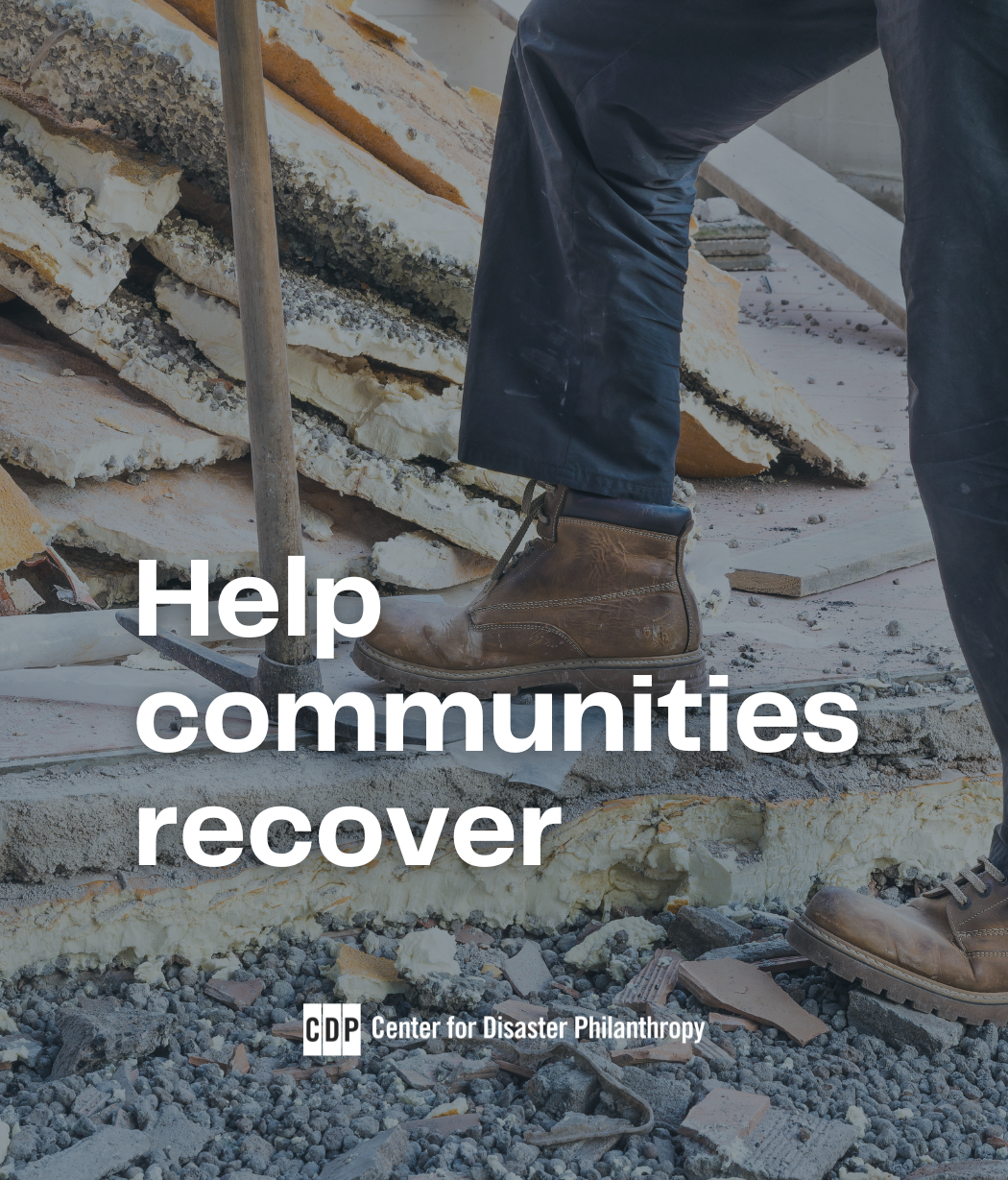 Video
Video
 Video
Video
Since Feb. 24, 2022, the war in Ukraine has caused massive suffering, widespread displacement and taken a devastating economic toll on people that will reverberate for generations.
Key facts
- More than 14,000 Ukrainian civilians have been killed, nearly half of them older people.
- ACLED reports that more than 1,900 civilians were killed in the first 11 months of 2025, the highest recorded since 2022.
- There are nearly 3.7 million internally displaced people in Ukraine.
- Power and gas are operating at 50–60% capacity due to strikes on energy infrastructure.
- According to the Institute for the Study of War (ISW), “Russia has…used the guise of humanitarian evacuations from frontline areas to justify the forced removal or deportation of Ukrainians, including children, to camps and institutions in occupied Ukraine or in Russia, and is likely to similarly remove and deport children from the Pokrovsk area as it removes them from frontline areas deeper into the rear of Russian-occupied territories.”
- Ukraine now has the highest number of landmines and unexploded ordinances in the world, with some contaminated with mines, risking the death and injury of civilians long after the war ends. risking the death and injury of civilians long after the war ends.
- At least 19,500 Ukrainian children have been illegally transferred to Russia. Many of them have been issued Russian passports, held in psychiatric hospitals, placed in re-education camps and illegally adopted.
- As of Dec. 4, 2025, only 1,300 children have been returned. have been returned.
- Safety and essential services remain almost nonexistent along the frontline. Internally displaced people have to choose between staying displaced in areas where they cannot find jobs or returning home, where their basic needs cannot be met.
- About 10.6 million Ukrainians (25% of the population) have been displaced since the war began.
(Photo: Refugees at Dorohusk in Poland fleeing from Russia’s invasion of Ukraine. Credit: Tom Remp.)
Latest Updates

What we’re watching: Weekly disaster update, February 24
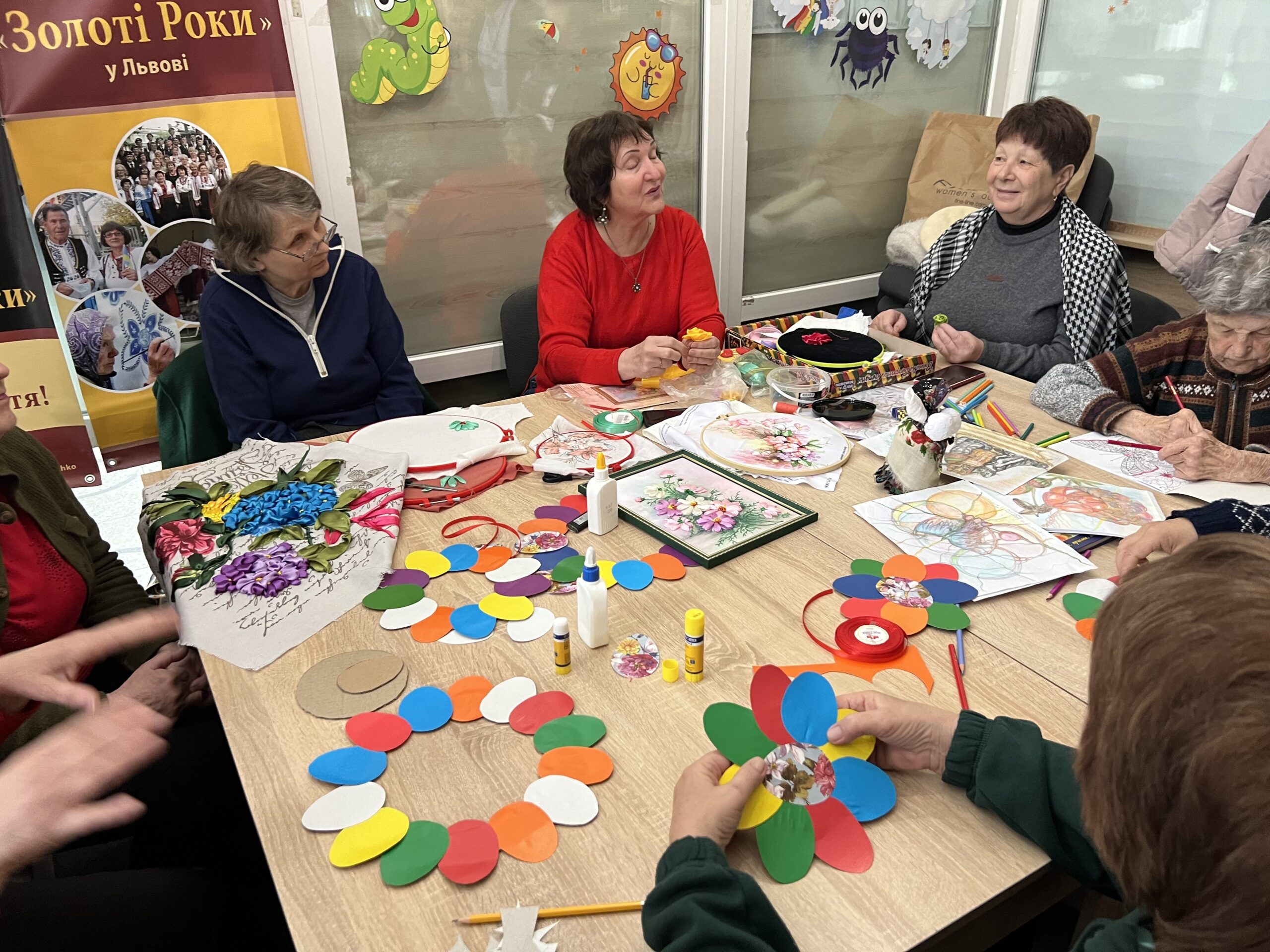
Three years on: Investing in Ukraine’s long-term recovery

Empowering recovery and resilience in Ukraine through philanthropy
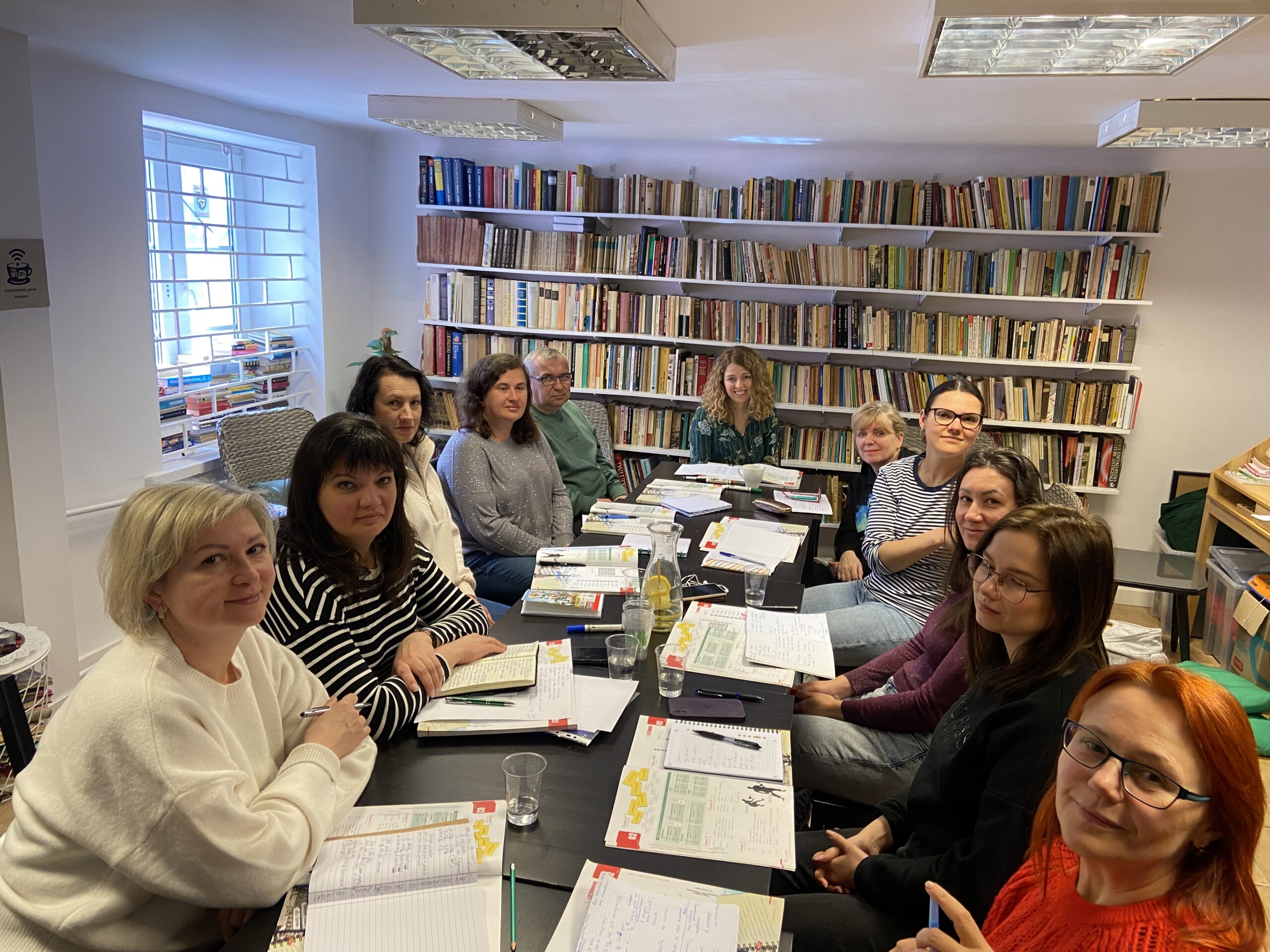
More than $3.1 million in grants for Poland and Ukraine to support resilience and recovery

What we’re watching: Weekly disaster update, January 22
Humanitarian situation
The escalating use of explosives in populated areas has had a disproportionate effect on children, people with disabilities and older adults. Explosives have devastated essential infrastructure, including homes, hospitals, schools and energy infrastructure. The World Health Organization has reported 2,477 attacks on health care facilities.
Children
Household poverty has increased by 15% over the past three years. Nearly one-third of the population lives in poverty, including 70% of children.
UNICEF said that, “the combination of rising poverty and harsh winter conditions significantly increases risks to children’s health and well-being, with one in five families reporting health problems linked to cold indoor temperatures.”
Exposure to conflict is cited as the most prevalent risk to children. Even if children can access shelters, the shelters may not be safe. They are often in dark, cold, wet basements; they smell of sewage and lack basic sanitation.
Women and children comprise approximately 90% of people displaced by the crisis, making them vulnerable to sexual exploitation, human trafficking and gender-based violence.
Education has been severely disrupted. At least 4.6 million children face significant barriers to education since the war began in 2022 on the heels of the Covid-19 pandemic. An estimated one million children lack access to in-person learning. Although nearly 75% of children access remote schooling inside Ukraine, frequent disruptions to internet connectivity, electricity, or a lack of hardware make it unsuitable as a long-term solution. With these disruptions, students are losing between 60 to 160 hours of learning per month.
Children living closer to the frontline rely more heavily on remote learning while simultaneously facing greater disruptions. Many schools have also shuttered because they were damaged, destroyed or lacked secure bomb shelters.
And even if children attend school, the mental and emotional toll of living through war has a disastrous effect on learning.
“It is very difficult emotionally and morally. Periodic air raids, blackouts, lack of internet… Children are afraid,” a teacher in the Lviv region said. The downstream effects of disrupted education in children have enormous consequences for their prospects and the future of Ukrainian society.
Children with disabilities face additional systemic barriers. Save the Children reports a lack of adapted facilities, such as ramps, restrooms, and classrooms, in almost all regions, making physical access to education challenging for children with disabilities. There is also a lack of specialists and teachers to cater to the specific needs of these children.
Women
The effects of war on women are catastrophic. In Ukraine, women are 72% of unemployed people; they face a heightened risk of human trafficking, sexual and physical violence.
Women account for 60% of internally displaced people, as well as the greatest proportion of refugees. Yet, protections and aid for women and girls remain underfunded.
Women often lack resources, face barriers to accessing services and are vulnerable to gender-based violence (GBV).
According to UNFPA, “…The growing sense of insecurity in public spaces limits women’s mobility, hinders their ability to seek help in an already unstable environment, and forces women at risk of violence to remain at home, in proximity to their abusers. Across Ukraine, women have reported difficulty in speaking out against intimate partner violence, especially when men returning from war are hailed as heroes within their communities.”
Women-led organizations in Ukraine serve as critical refuges for women and girls affected by violence, offering health services, shelter, counseling and legal aid. However, the growing global backlash against women’s rights and a decrease in humanitarian aid funding means that many of these spaces are closing, leaving the 2.4 million women and girls in Ukraine at risk of gender-based violence even more vulnerable.
Other vulnerable groups
Many older people and persons with disabilities risk being trapped in high‑rise buildings without reliable electricity, heating or water.
People with chronic illnesses that require continuous care, those with disabilities, and those with mental/behavioral disorders are less able to flee the conflict. Many face unmet needs for medications and medical assistance, which require establishing mobile teams. These populations have challenges meeting their basic daily needs and must rely on family and friends for help.
Related reading
Impact story
Humanitarian aid workers face an increasing risk to their safety, and humanitarian aid is having more difficulty reaching those in need due to military activity. Violence against workers, including fatalities of those on duty, remains a concern.
The 2025 Humanitarian Appeal requested U.S. $3.32 billion for Ukraine but has only received half that amount.
Cash assistance
As with most disasters and emergencies, monetary donations are recommended by disaster experts as they allow on-the-ground agencies to direct funds to the most significant areas of need, support economic recovery, and ensure donation management does not detract from disaster recovery needs.
Direct cash assistance gives each family flexibility and choice, ensuring that support is relevant and timely. Cash-based approaches to disaster recovery also give people the freedom to choose how they rebuild their lives and provide a pathway to economic empowerment.
The Ukraine Winter Response Plan for October 2025–March 2026 requests $277 million USD to provide aid for 1.7 million people. The plan prioritizes support for the most vulnerable people in cold weather, including older people, children, and those living with disabilities, who face heightened risks of exposure, isolation and limited access to services.
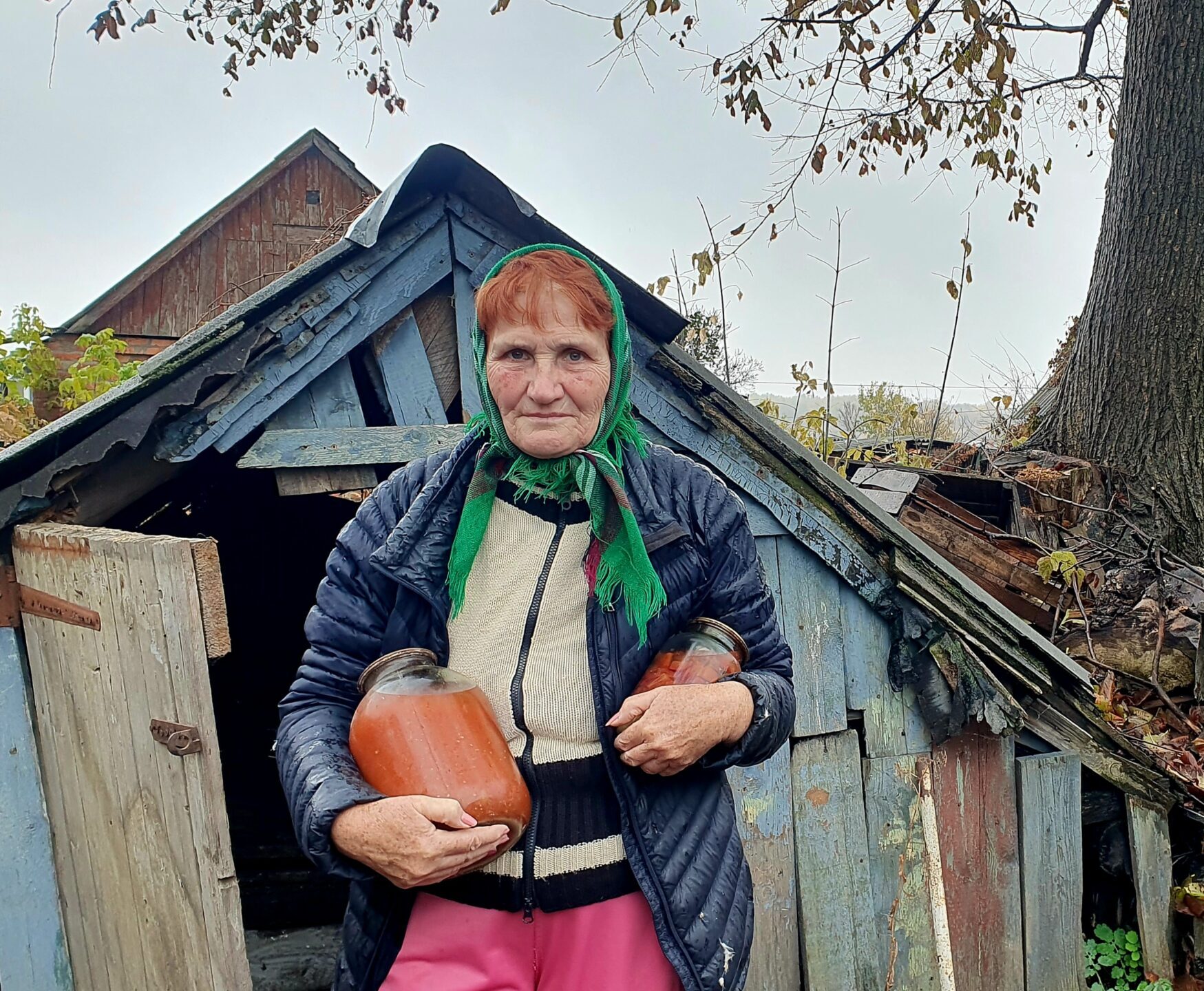
The CDP Ukraine Humanitarian Crisis Recovery Fund focuses on addressing humanitarian needs that arise, particularly among the most vulnerable, marginalized and at-risk internally-displaced peoples and refugees. CDP is also in contact with and can grant to Ukrainian and other international organizations that are not 501(c)3 entities.
Contact CDP
Philanthropic contributions
If you have questions about donating to the CDP Ukraine Humanitarian Crisis Recovery Fund, need help with your disaster-giving strategy or want to share how you’re responding to this disaster, please contact development.
(Photo: Nadia in front of her cellar in Derhachi, Kharkiv, Ukraine. Photo courtesy of Corus International. Read the impact story here.)
We welcome the republication of our content. Please credit the Center for Disaster Philanthropy.
Related resources
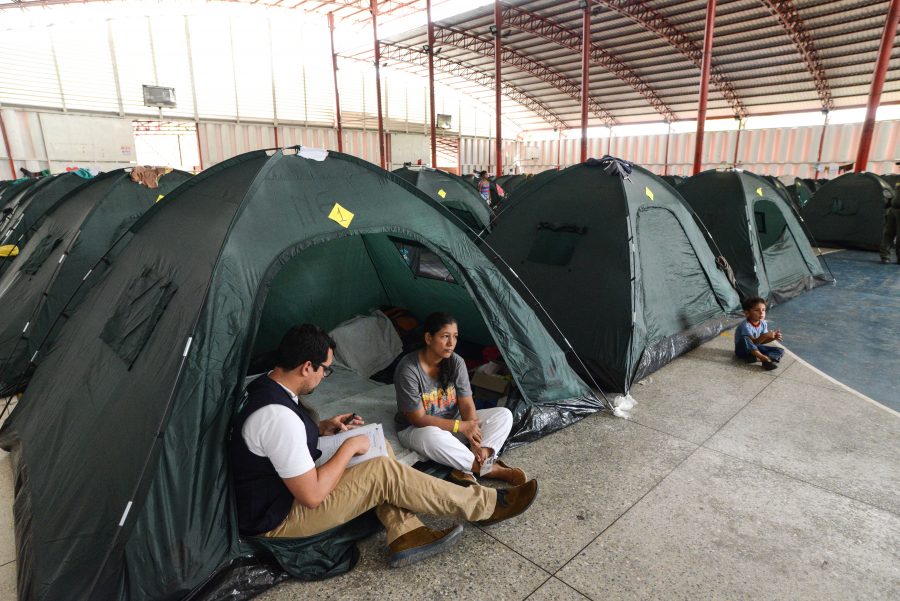
Complex Humanitarian Emergencies
CHEs involve an acute emergency layered over ongoing instability. Multiple scenarios can cause CHEs, like the civil wars in Syria and Yemen, the man-made political crisis in Venezuela, or the conflict in Ukraine.
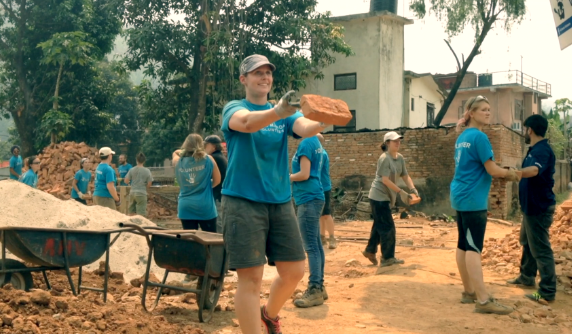
Resilience
The Latin root of “resilience” means to bounce back, but every field has its own definition and most individuals within each discipline will define it differently. Learn more.

Ice, Snow and Extreme Cold
While it does not affect as many people as its opposite, extreme heat does, extreme cold can be just as deadly, especially in areas that are not accustomed to cold weather.
